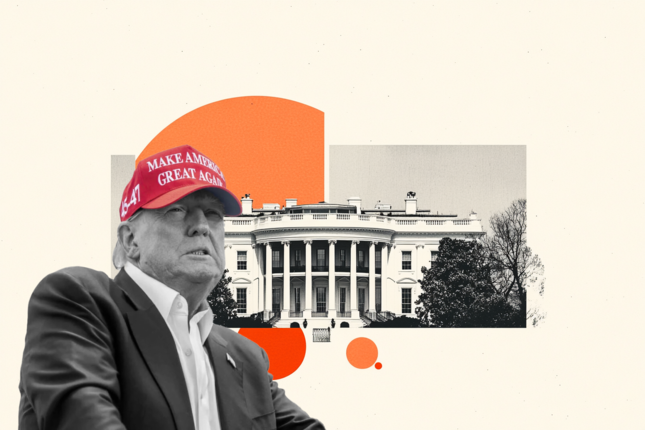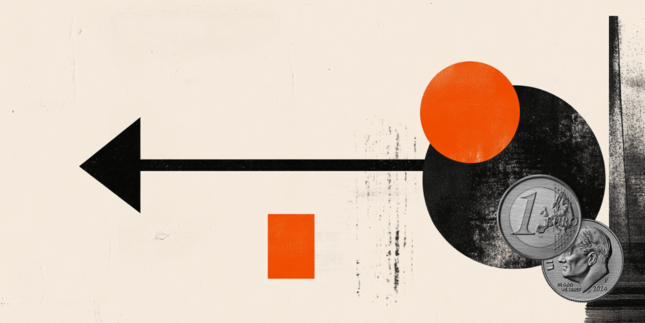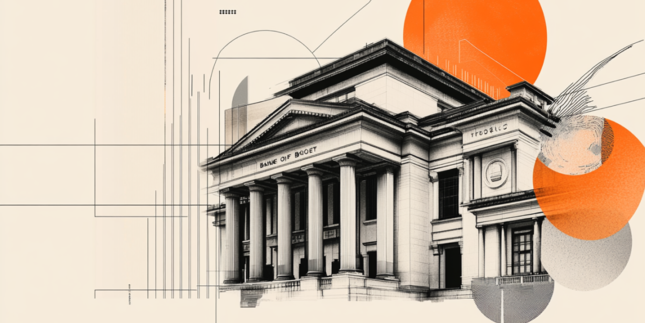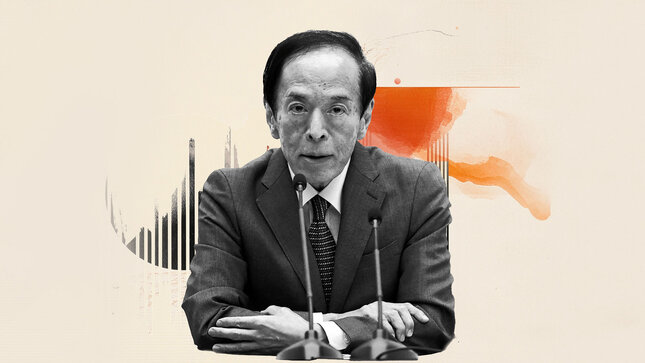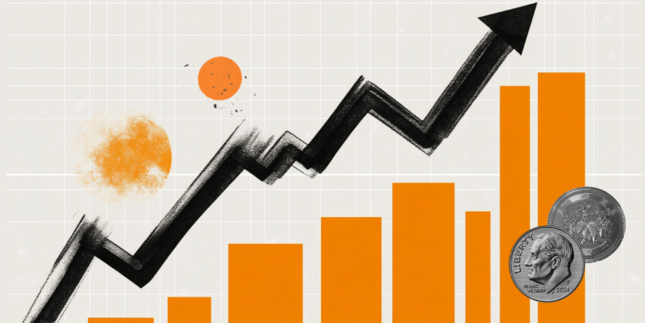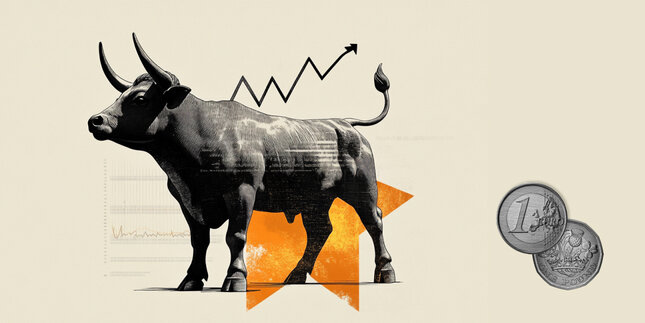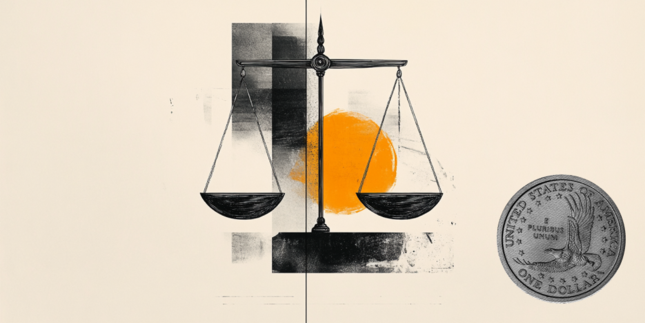Japanese Yen selling bias remains unabated after BoJ Governor Ueda's press conference
- The Japanese Yen drifts lower for the third straight day after the BoJ announced its policy decision.
- The BoJ decided to keep interest rates steady and lowered its GDP growth/median core CPI forecasts.
- BoJ Governor Ueda's remarks temper bets for an immediate rate hike and exert additional pressure.
The Japanese Yen (JPY) adds to the dovish Bank of Japan (BoJ)-inspired losses and plummets to a three-week trough against its American counterpart heading into the European session on Thursday. The intraday selling bias remains unabated during the post-meeting press conference, where BoJ Governor Kazuo Ueda said that the timing of underlying inflation to achieve the 2% goal will be somewhat delayed. This tempers expectations for a June or July interest rate hike and continues to weigh on the JPY.
Meanwhile, US President Donald Trump's remarks earlier today add to the recent optimism over the potential de-escalation of the US-China trade war and remain supportive of a positive risk tone. This further undermines the safe-haven JPY, which, along with a modest US Dollar (USD) strength, lifts the USD/JPY pair beyond mid-144.00s in the last hour. However, bets for more aggressive rate cuts by the Federal Reserve (Fed) might cap the USD and help limit the downside for the lower-yielding JPY.
Japanese Yen extends dovish BoJ-inspired losses amid hopes for a US-China trade negotiations
- The Bank of Japan announced its policy decision this Thursday and as was widely expected, decides to keep the policy interest rate steady at 0.5% amid the uncertainty surrounding US tariffs. In the accompanying policy statement, the BoJ reiterated that it will continue to raise policy rate if economy, prices move in line with its forecast.
- Meanwhile, the BoJ lowered its median core CPI forecast for fiscal 2026 to 1.7% vs 2.0% in January. The central bank, however, said that consumer inflation is likely to be at level generally consistent with 2% target in second half of projection period through 2027.
- In the post-meeting press conference, BoJ Governor Kazuo Ueda said that economic and price projections could change vastly depending on how countries deal with US tariffs. Ueda added that the economy is roughly on track so far, though the outlook is not as certain as it was before and big change to tariff policy would affect monetary policy.
- The final au Jibun Bank Japan Manufacturing PMI stood at 48.7 in April 2025, higher than a flash reading of 48.5 and March's 12-month low of 48.4. This, however, still marks the 10th straight month of decline in factory activity, though it does little to provide any meaningful impetus ahead of the key central bank event risk.
- From the US, Automatic Data Processing (ADP) reported on Wednesday that private-sector employment rose by 62,000 in April. This represented a notable decline from the 147,000 increase (revised from 155,000) recorded in March and also missed the market expectation for a reading of 108,000 by a wide margin.
- According to the advance estimates by the Bureau of Economic Analysis, the US economy contracted at an annualized rate of 0.3% during the first quarter of 2025 after growing at a solid pace of 2.4% in the previous quarter. The data revives fears about a looming US recession amid signs of easing inflationary pressures.
- The US Personal Consumption Expenditures (PCE) Price Index edged lower to 2.3% on a yearly basis in March from 2.5% in February. Adding to this, the core PCE Price Index, which excludes volatile food and energy prices, rose 2.6% compared to the 3% increase reported in February and was in line with analysts' estimates.
- This comes on top of worries about US President Donald Trump's erratic trade policies and reaffirms bets that the Federal Reserve will resume its rate-cutting cycle in June. In fact, Trump said this Thursday we have "potential" trade deals with India, South Korea and Japan, and that there is a “very good probability we'll reach a deal with China.”
- Meanwhile, traders are pricing in the possibility that the US central bank will lower borrowing costs by a full percentage point by the end of the year. This keeps the US Dollar well within striking distance of a multi-year low touched last week and suggests that the path of least resistance for the lower-yielding JPY remains to the upside.
USD/JPY needs to surpass 143.55-143.60 hurdle to support prospects for further gains
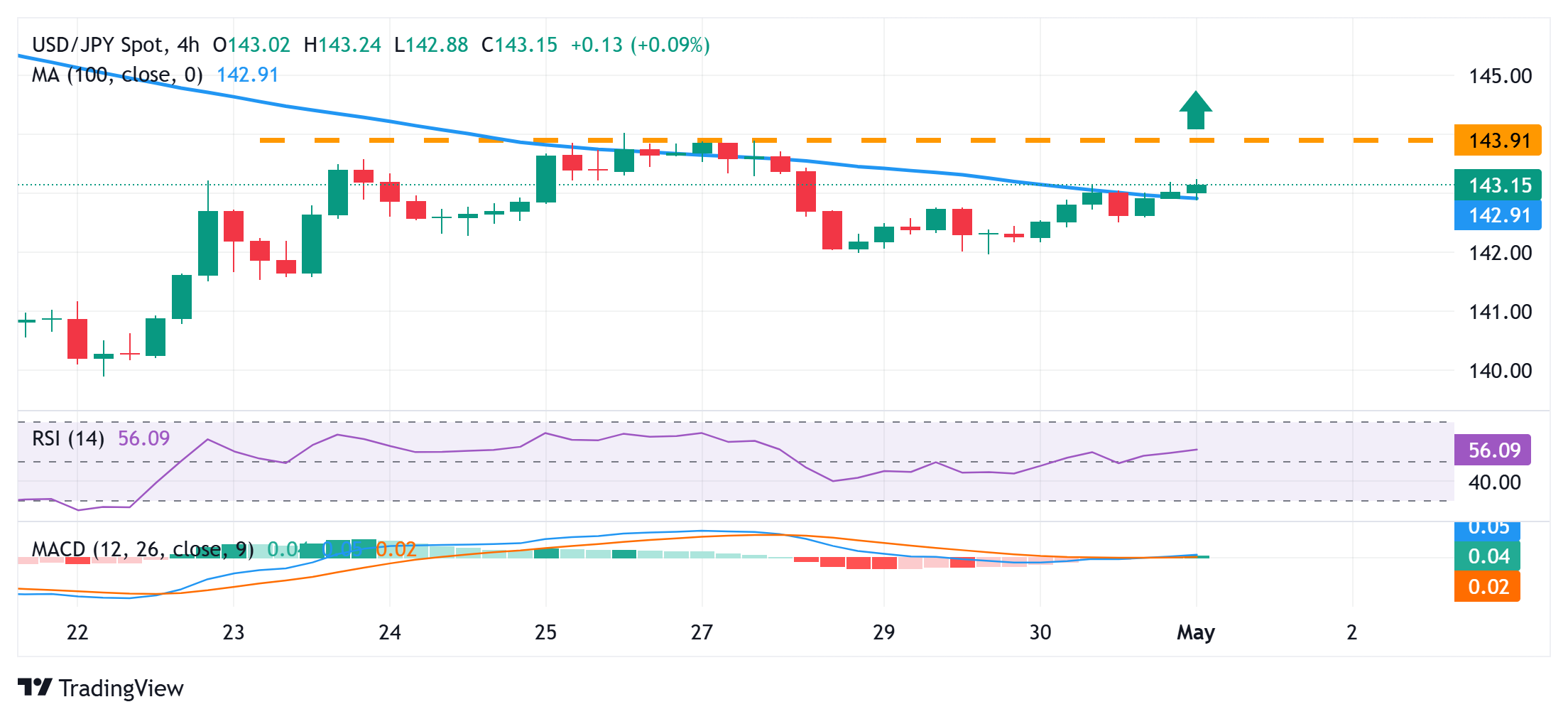
From a technical perspective, an intraday breakout through the 100-period Simple Moving Average (SMA) on the 4-hour chart was seen as a key trigger for the USD/JPY bulls. The subsequent move up beyond the 144.00 round figure has set the stage for an extension of the recent recovery from a multi-month low and should allow spot prices to climb further towards the 144.60-144.65 hurdle. The upward trajectory could extend further and allow bulls to reclaim the 145.00 psychological mark.
On the flip side, the 142.65-142.60 area now seems to protect the immediate downside, below which the USD/JPY pair could drop to the 142.00 mark. A convincing break below the latter will be seen as a fresh trigger for bearish traders and make spot prices vulnerable to accelerate the fall towards mid-141.00s en route to the 141.10-141.00 region. The downward trajectory could extend further towards intermediate support near the 140.50 area and eventually expose the multi-month low – levels below the 140.00 psychological mark touched last week.
Japanese Yen PRICE Today
The table below shows the percentage change of Japanese Yen (JPY) against listed major currencies today. Japanese Yen was the strongest against the British Pound.
| USD | EUR | GBP | JPY | CAD | AUD | NZD | CHF | |
|---|---|---|---|---|---|---|---|---|
| USD | 0.24% | 0.30% | 0.98% | 0.02% | 0.09% | 0.02% | 0.17% | |
| EUR | -0.24% | 0.07% | 0.78% | -0.25% | -0.15% | -0.21% | -0.08% | |
| GBP | -0.30% | -0.07% | 0.67% | -0.29% | -0.22% | -0.29% | -0.16% | |
| JPY | -0.98% | -0.78% | -0.67% | -1.00% | -0.93% | -1.05% | -0.93% | |
| CAD | -0.02% | 0.25% | 0.29% | 1.00% | 0.08% | -0.00% | 0.13% | |
| AUD | -0.09% | 0.15% | 0.22% | 0.93% | -0.08% | -0.07% | 0.07% | |
| NZD | -0.02% | 0.21% | 0.29% | 1.05% | 0.00% | 0.07% | 0.14% | |
| CHF | -0.17% | 0.08% | 0.16% | 0.93% | -0.13% | -0.07% | -0.14% |
The heat map shows percentage changes of major currencies against each other. The base currency is picked from the left column, while the quote currency is picked from the top row. For example, if you pick the Japanese Yen from the left column and move along the horizontal line to the US Dollar, the percentage change displayed in the box will represent JPY (base)/USD (quote).
Forex News
Keep up with the financial markets, know what's happening and what is affecting the markets with our latest market updates. Analyze market movers, trends and build your trading strategies accordingly.


